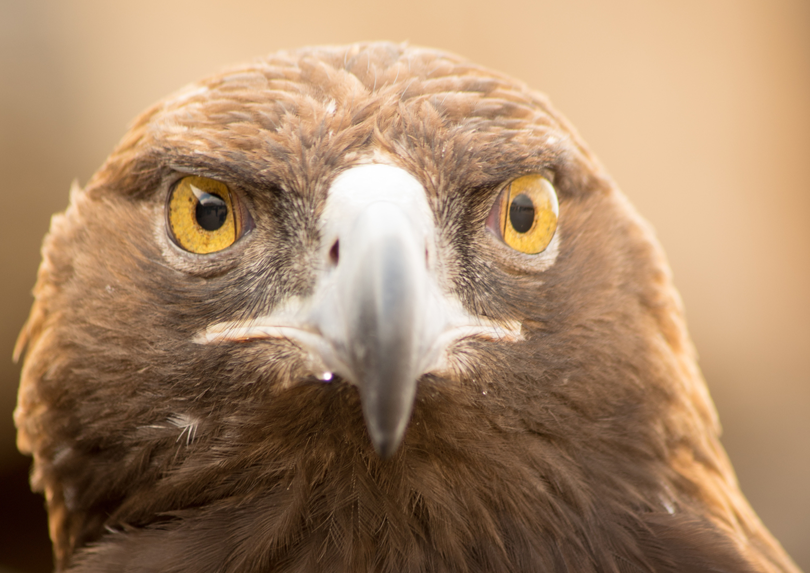
Overview
With an incredible team of volunteers and consistently improving technology, our raptor monitoring program allows us to keep tabs on thousands of raptor nests throughout the state. Monitoring allows us to plan ahead to keep habitats safe so birds of prey remain in our state parks far into the future.
Why is raptor monitoring important?
Raptors are keystone predators - animals without which the ecosystem would fail.
Raptors are carnivores, and their food base is comprised of fish, mammals, and reptiles. If there is a lack or decline in raptor population, one of the reasons is often lack of prey species. Therefore, these top-level carnivores provide insight into populations of small animals within the parks.
Some raptors have specific breeding and nesting needs that can indicate something about the functions of the larger system. Bald eagles and northern harriers provide good windows into the ecosystem puzzle, and whether certain areas of the park may be experiencing excess disturbance. From there, we can formulate suggestions about how to promote healthy system functioning.
Besides these invaluable benefits, raptors are amazing, charismatic creatures that are relatively easy and a whole lot of fun to monitor! It’s a great way to learn about the ecosystem and get volunteers involved in public land stewardship and management.
Seeing a bird of prey in the wild is an incredible experience and one that is quite common in many of our state parks. We want to keep it that way. By staying on top of the whereabouts, behaviors and populations of the raptors that call our parks home, we can plan ahead when considering land use and recreation changes. By protecting their territory and allowing them their space, we carry on the opportunity to spot a raptor for generations to come.
What are the associated challenges?
The sheer intensity and vastness of the work makes it difficult to monitor all of our nests efficiently.
What is CPW doing?
Volunteers and citizen science make these efforts possible. In 2016, our raptor monitoring program ran in 24 of our state parks. We recorded 5,600 raptor sightings and monitored over 3,000 nests! Our use of GIS technology and citizen participation with apps like iNaturalist allow us to pinpoint nest locations to investigate.
The monitoring effort involves volunteers visiting nests multiple times. In late spring, they find target nests and check to see if they’re still in use. After that, they periodically return to the ones being used in order to keep tabs on breeding success.
How can you help?
Some of our parks still need volunteers! This commitment requires two days per month, eleven months out of the year. To find out if you can volunteer, get in touch with your local park.
Anytime you’re in nature, you can help all of our monitoring efforts using our iNaturalist app! It allows you to record sightings with precise locations, upload images and descriptions, and share this vital intel with us and your fellow wildlife admirers.
Take A Closer Look
Find out more about the Volunteer Raptor Monitoring Program.
Download the
State Parks NatureFinder app.

